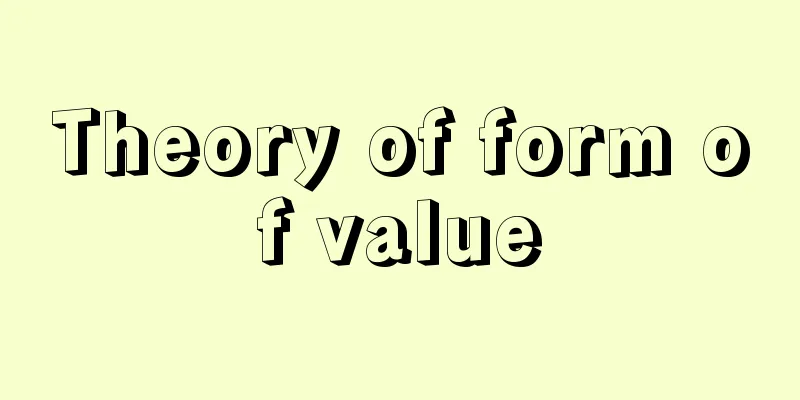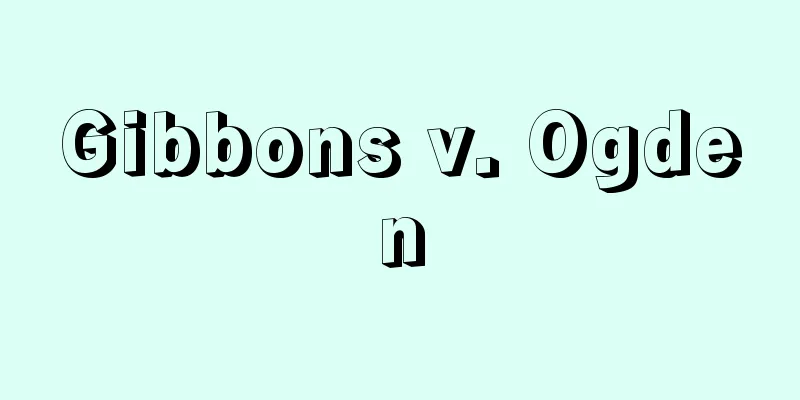Theory of form of value

|
One of the most fundamental theories of Marxist economics. A commodity is composed of two factors, value and use value, but this theory elucidates the generation of the monetary form starting from the mechanism that the value of a commodity can only be expressed in relation to the use value of other commodities. The simplest value expression relationship is the value relationship between a certain commodity and any other commodity of a different kind, which can be expressed as x amount of commodity A = y amount of commodity B, and this commodity A is said to be in relative value form (its value is expressed in a relative relationship with a certain amount of the use value of commodity B), and commodity B is said to be in equivalent form (it functions as the equivalent of commodity A). This can be expanded to express any commodity other than B in equivalent form from the perspective of commodity A (expanded value form). Among the countless expressions of value, a single commodity (general equivalent) that is always placed in equivalent form and excluded from the relative value form is generated (general value form). Historically, money has monopolized the role of general equivalent through social custom (monetary form). There is debate as to whether the logic of Capital as described above should be understood in terms of a historical development process or in purely logical terms. Source: Encyclopaedia Britannica Concise Encyclopedia About Encyclopaedia Britannica Concise Encyclopedia Information |
|
マルクス経済学の最も基本的な理論の一つ。商品は価値と使用価値という2要因から成るが,商品の価値は他の商品の使用価値との関係でしか表現できないというメカニズムから出発して貨幣形態の生成を解明する理論。最も単純な価値表現関係は,ある1つの商品と異種の任意の1商品に対する価値関係であって,これは x量のA商品=y量のB商品と表現でき,このA商品を相対的価値形態にある (価値がB商品の使用価値の一定量との相対関係において表示されている) といい,B商品を等価形態にある (A商品の等価物として機能している) という。これは,A商品からみればB以外のどの任意の商品をも等価形態におく表現へと拡大できる (拡大された価値形態) 。無数にある価値表現のなかで,常に等価形態におかれ,相対的価値形態から排除される単一の商品 (一般的等価物) が生成してくる (一般的価値形態) 。歴史的には,貨幣が一般的等価物としての役割を社会的慣習によって独占するにいたった (貨幣形態) 。以上のような『資本論』の論理を,歴史的発展過程になぞらえて理解するか,純論理的に理解するか,については論争がある。
出典 ブリタニカ国際大百科事典 小項目事典ブリタニカ国際大百科事典 小項目事典について 情報 |
Recommend
Patriotic Public Party
(1) A political association for freedom and civil...
"Kan'eyu-koji Chunagonki"
...The name was derived from the fact that the fa...
Mount Kisho
...In the prefectures of Chiba, Shizuoka, and Aic...
Saint-John Perse
1887‐1975 French poet. His real name was Alexis Sa...
Costume Philosophy - Sartor Resartus
A work by British historian Thomas Carlyle. As th...
Functional Morphology - Yesterday's Morphology
...This is an approach that seeks to elucidate th...
Kamiita [town] - Kamiita
A town in Itano County in the northeastern part of...
Aitved, N.
…Foreigners, especially the Dutch, were active in...
Cousin marriage - cousin marriage
A marriage system in which it is desirable or eve...
Hornbeam group - Hornbeam group
...A general term for a group of hydrous silicate...
Sea buds - Sea buds
Blastoidea is an extinct class of stalked echinode...
atractylone
… [Hiroshi Koyama] [Medicinal] In traditional Chi...
Salam, A. (English spelling) SalamA
...A unified theory of electromagnetic interactio...
"Elvis on Stage" - Elvis on Stage
...Many of these stories were simple stories abou...
Segesvár (English spelling)
…A city in the central part of the Transylvanian ...


![Mihara [town] - Mihara](/upload/images/67ccf53e1e38a.webp)






